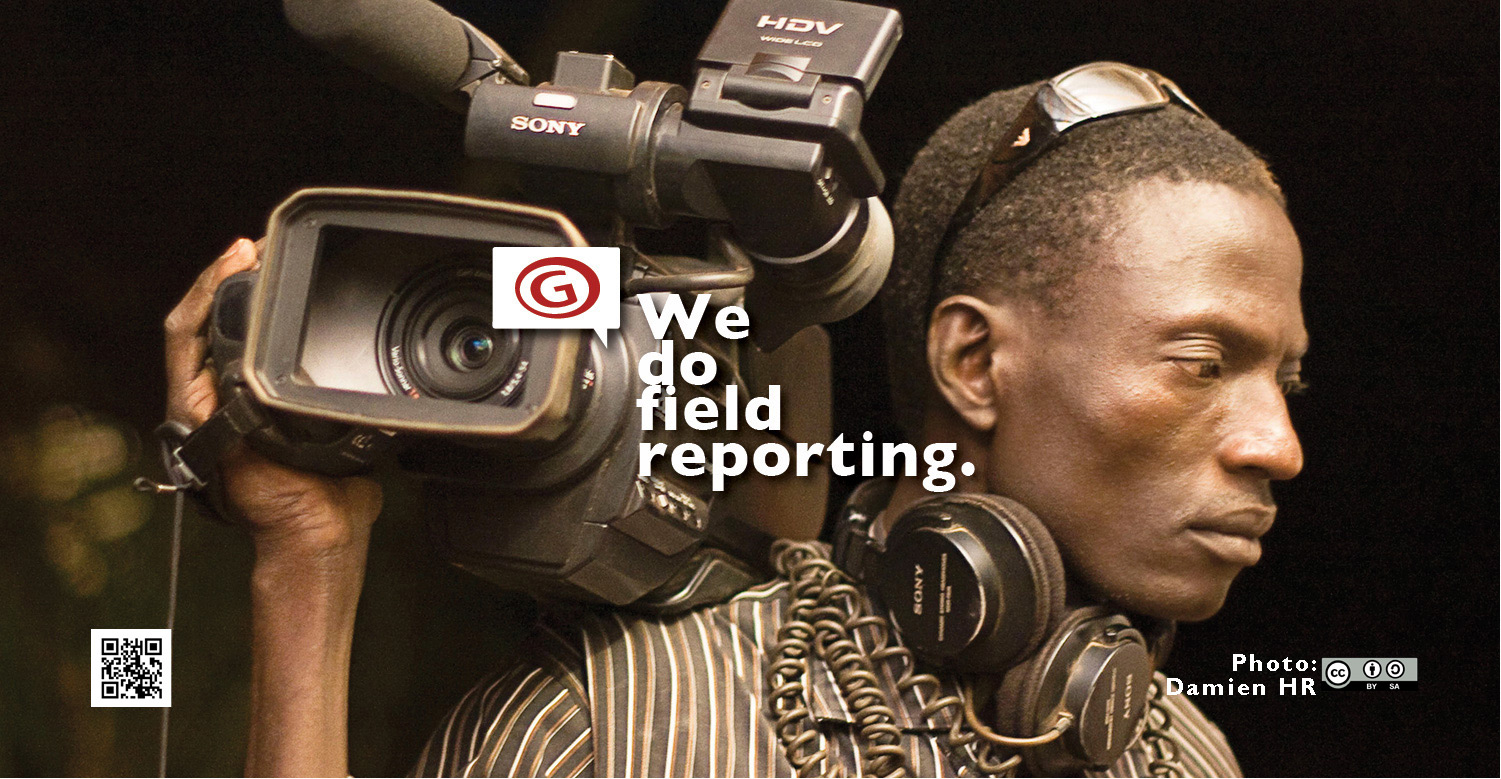
Conceived and designed by datejie cheko green • ![]()
While working as Freelance Organizer for the Canadian Media Guild, (2013-15), I produced this web photo and postcard series about freelance workers, by freelancer workers, in support of freelance workers.
It came to fruition after spending several months in the role, working with freelancers, staff, elected reps and prospective members. In this first leg of the campaign, I confronted a glaring conceptual gap among most of those around me as far as relating to, or even recognizing the world of piecemeal, contract, on-demand and jack-of-all-trades work that freelancers do.
This gap was squarely blocking the way to the broader goal of solidarity with the most vulnerable. In so doing, it threatened to undermine the project of collectively organizing freelancers into the union, or even just into a position of possibility for group self-advocacy.
The obstacle of freelancer non-recognition loomed largest among gainfully employed individuals. Preoccupied with their own urgent agendas, which sometimes revolved around their own relative experience of devaluation and sense of vulnerability in a volatile labour market, they were often the most devaluing of freelancers.
From the location of their high-stress yet enfranchised roles inside institutions or businesses, many employees do not recognize the structural and social advantages conferred by and within their jobs, even some of the precarious ones, and they can lose perspective on the extent of their own agency inside their workplaces. Nonetheless, there are a growing number of employees who occupy positions where they exercise the power and authority to hire, recommend, work with, dismiss or overlook freelance workers – the temps who fill the gaps in labour or talent in their midst, and for whom the importance of respectful and careful social relations cannot be overstated.
With little understanding of, or concern for, freelancers’ precarious work realities among employees, managers and recruiters, there was even less comprehension of the power or consequences of their actions. And embedded within this engagement dynamic was a decades-old set of administrative assumptions and institutional structures that had now come to function as invisible barriers to fairness for temporary workers. All together, this divide warranted a full educational and empowerment campaign.
Most surprisingly, this gap in recognition, and even self-identification, also existed within and between freelancers, especially from one craft, occupation, profession or field of work to another.
So in response, as I spoke to different freelancers on one side, I conducted extensive visual research on the other in order to create a “show and tell” multiple impact strategy.
I identified, commissioned and purchased a deliberate range of photographs from freelance photographers, via Shutterstock, and through Wikimedia Commons to form the backbone of a strategic communications campaign. The goal of this series was to help generate a consciousness of this eclectic but rapidly growing pool of workers, as a first step for creating the conditions for respect and solidarity from those in a position to hire and otherwise support them.
As such, this series combined multiple intentional communications and educational strategies. These were simultaneously mobilized in order to:
- Spotlight the work of photographers, who have been uniquely hard hit by the technological changes to their craft and unfair use of their works.
- Commission and purchase work from photographers, including freelancers.
- Attribute and give accurate copyright to the photographic works, including linking to their source pages.
- Give accurate attribution to the photographers, including linking to their homepages to ensure maximum opportunity for connection.
- Create a space for teaching and developing digital labour literacy, by emphasizing practices of attribution to counter the rampant daily and ubiquitous online actions to the opposite (theft, appropriation, thoughtless de-identification and de-linking through social and other online media), as well as introduce options for creative commons practices where appropriate.
- Lead by example in educating the public, media workers, the union, its membership and staff on the need to be vigilant about attribution and copyright, because such practices have a direct impact on helping or harming people’s livelihoods.
- Portray freelancers at work, to give visual representation to the value of our efforts, expertise and energies for those who have no concept of what we do, how we contribute economically, creatively and socially.
- Portray different kinds of work, to show the range, especially in the areas of media and knowledge production that have become increasingly and simultaneously more demanding, precarious, invisible and devalued.
- Portray different types of people doing the work, our bodies and embodied cultural expressions, to put a clear point on who we are globally, and counter the erasure of these differences that dominates the majority of symbolic and representational visuals online.
- Invite photographers and the full range of freelancers portrayed in the images to see themselves and their work reflected in this campaign, and from this point of recognition, consider joining the CMG, a union that was making the effort to see them and value our worth.
The images in “We Do Work” were developed for the website homepage of CMG Freelance, prepared for circulation in social media, and printed into a series of printed postcards distributed at community events, trade fairs, meet-ups, cafés and targeted public places. Below is the original article that accompanied the launch of the series:
As freelancers, we get it. We know we do work… a lot of it.
And many of us have picked up quite an array of skills, with expertise in multiple fields and hands in many projects, all at one time.
But too many non-freelancers we meet haven’t got a clue what we do for a living. If they are aware of our passions, they don’t also know that these demand practice and hard work… work that’s just as real as “regular jobs,” work that’s productive, professional, adds value, solves problems, makes contributions and is worth just as much recognition.
I created the “We do work” series to make all the work we do visible to non-freelancers and freelancers alike. These postcards are here for everyone to download, circulate electronically or print.
Share them with family and friends to get your point across. Send to a freelancer colleague as a celebration of the their work as well as your own.
And if you find your work does not appear in these images, send us your gig description, and we’ll make a postcard just for you.
Yours in solidarity,
datejie
Original url: http://cmgfreelance.ca/en/we-do-work/
See full series in the Gallery: https://solidarityconscious.org/gallery/
